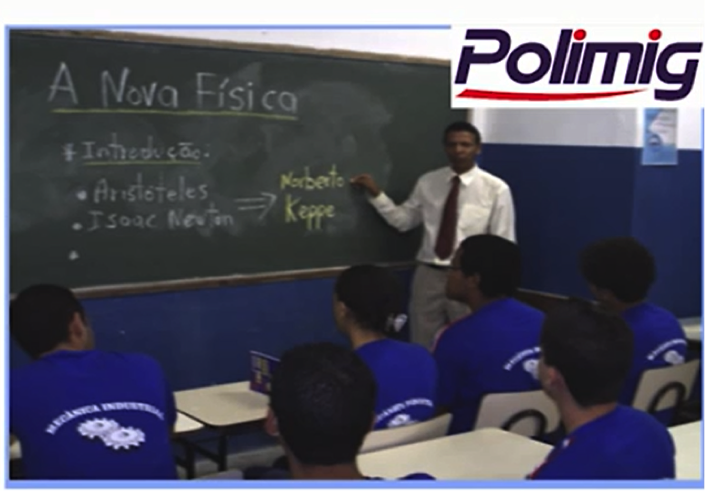Richard Jones: How did you find out about the Keppe Motor? How did you go about getting more information about it?
Interviewed: It happened like this. I was searching the internet for information about solar panels. At the time, I was working on my masters degree and just like that, by sheer coincidence, I found the site about STOP Association, which is Keppe & Pacheco today. This is how I found out about the Keppe Motor.
I became very interested in the subject and then I made a phone call to STOP at the time and travelled to Sao Paulo for a visit in order to find out more. I was very well received by the engineers Cesar Soós, and Roberto Frascari.
So first it was through the internet, and as I got more interested I went to Sao Paulo to meet and find out more from Cesar Soós and Roberto Frascari. They explained to me more details about the new physics, the technology of the Keppe Motor, the principles from Dr. Norberto Keppe. With this I became really very excited and interested in the subject, especially because of my professional background working in a company in the search for new technologies, technological innovation.
And the idea of bringing this content to school came up. At that time, I was informed by Cesar Soós that there was no school yet, effectively developing the new physics with the students. So this was more or less the beginning, by chance and after I knew I started to research more about it and getting to know even more led me to Sao Paulo and it was there where this idea to bring this to the students began.
[slider]
[slide title=”Source:Prof. Euripes” image_url=”http://www.keppemotor.com/institucional/wp-content/uploads/2015/04/prof-euripes-e-marcos-soares-curso-de-mecatronica-set-2010.png” image_alt=”Euripes Alves explaining the student Vinicios Soares the functioning of the educational Keppe Motor Kit “][slide_content]Prof. Euripes Alves explaining the student Vinicios Soares the functioning of the educational Kit Keppe Motor [/slide_content]
[/slide]
[slide title=”Source: Prof. Euripes” image_url=”http://www.keppemotor.com/institucional/wp-content/uploads/2015/04/alunos-da-polimig-novembro-2013.png” image_alt=”Students from POLIMIG , Diego Phillipe and Gisele Caetano experimenting with the Keppe Motor -Novembro 2013″]
[slide_content]Students from POLIMIG , Diego Phillipe and Gisele Caetano experimenting with the Keppe Motor -Novembro 2013[/slide_content][/slide]
[slide title=”Source: Prof. Euripes” image_url=”http://www.keppemotor.com/institucional/wp-content/uploads/2015/04/alunos-polimig-do-curso-de-mecatronica-braco-robotico-com-keppe-motor.png” image_alt=”Students from POLIMIG of Mechatronics Course experimenting with the Keppe Motor , using a robotic arm”][slide_content]Students from POLIMIG of Mechatronics Course experimenting with the Keppe Motor , using a robotic arm[/slide_content][/slide]
[slide title=”Source:Prof. Euripes” image_url=”http://www.keppemotor.com/institucional/wp-content/uploads/2015/04/alunos-da-polimig-e-prof-euripes-com-engenheiros-keppe-motor.png” image_alt=”Students from POLIMIG : Sideny Junior, Paulo Zanoni , Cid Benevides , prof.Euripes Alves next to the eng . Cesar Soos and Roberto Frascari , at the stand of Keppe Motor in FIMAI”][slide_content]Students from POLIMIG : Sideny Junior, Paulo Zanoni , Cid Benevides , prof.Euripes Alves next to the eng . Cesar Soos and Roberto Frascari , at the stand of Keppe Motor in FIMAI -SP[/slide_content][/slide]
[/slider]


